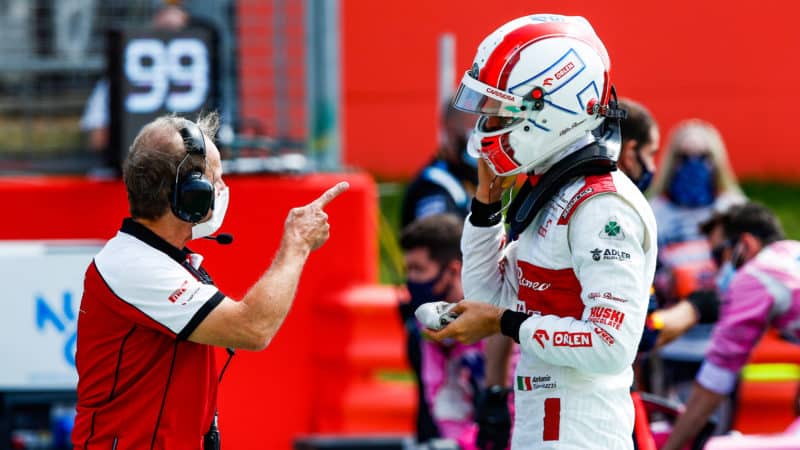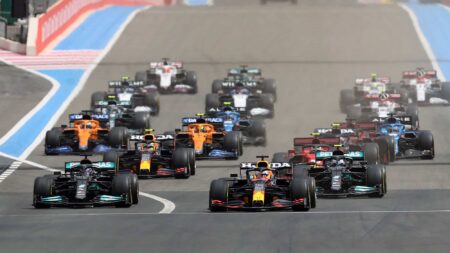Next Saturday at Silverstone we will have ‘The Sprint’, a 17-lap race without obligatory pit stops, the finishing order of which will form the grid for the British Grand Prix on the Sunday. The grid for the sprint will be decided by a conventional qualifying session held on Friday afternoon in place of the usual second practice session. It’s an idea being trialled by F1 at three circuits this year, with Monza and Interlagos the other races for which it’s scheduled.
With no tyre stops, there’s no race strategy and the ideal that FOM is trying to get to is a short flat-out thriller of a race as a taster for the more nuanced and longer main event. It may not work out like that, but let’s see. Lewis Hamilton, for one, doesn’t expect the sprint to live up to that billing. The risk-to-reward ratio for trying a move which could move you up one grid place if it goes right – or consign you to the back of the grid if it goes wrong would seem to favour a conservative approach for those drivers towards the front. Maybe, with less to lose, those towards the back may be a little more adventurous.
It is not an inspirational thing to hear an engineer instructing the driver what he must do
But even a 17-lapper isn’t going to be flat-out. Because the fastest way to run 17 laps even with no pit stops won’t be to drive the car at the limit. It will be to find the optimum trade-off between pace and keeping the tyres from overheating. They will be guided in this, just as in a full grand prix, by a team of engineers in the garage and back at base monitoring the car’s telemetry. It will be treated by them as just the first stint of the race, but with an overnight break in between.
Has a trick been missed here? If we are going to have a ‘sprint’ without pitstop strategies, putting the emphasis more on the driver, couldn’t we also have had a telemetry and radio ban? So that the driver has to work it all out himself? So once the grid is cleared the driver is truly alone – and everything in in his hands. He can have fuel read-outs on his steering wheel and judge from that and the behaviour of the tyres how hard he can push, feel how the brakes are and adapt to conditions as they happen. Maybe the track is grippier than expected and he’s on full throttle for longer so is using more fuel. He will run out before the end if he doesn’t adapt his driving. Or maybe it’s less grippy and he has more fuel available than he thought.


